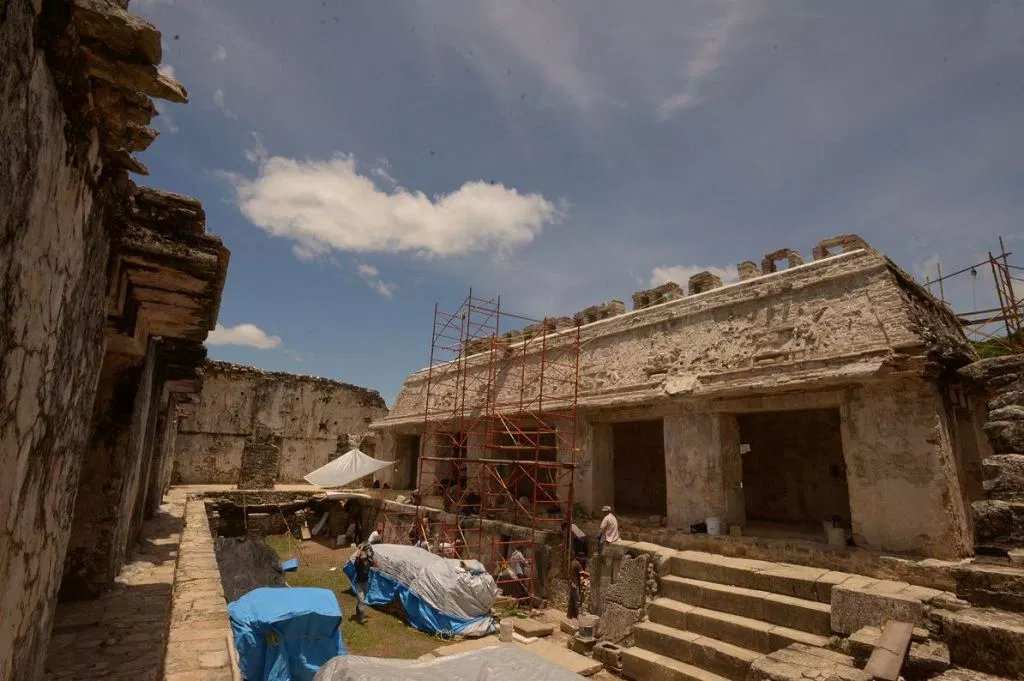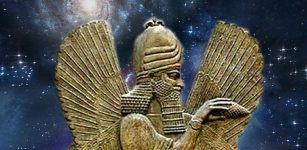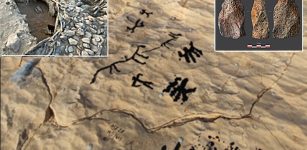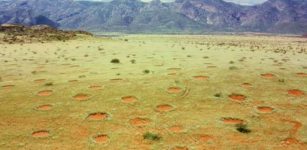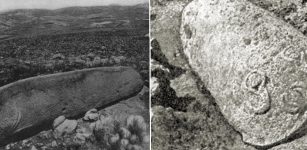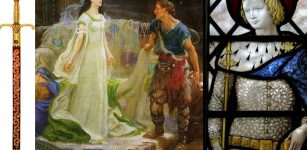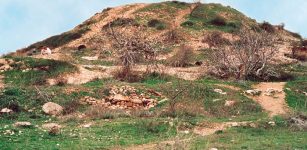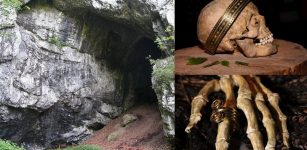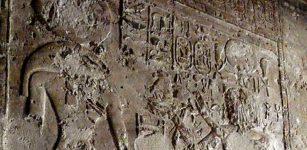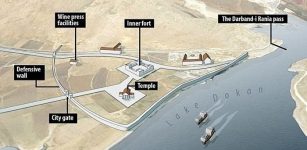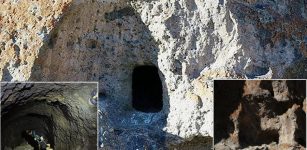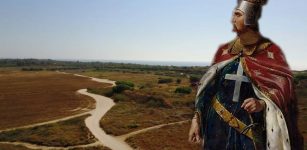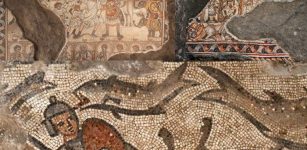Does Palenque Mask Depict Mayan Ruler Pakal? New Discovery At Palenque
AncientPages.com - A mask believed to depict the Mayan ruler Pakal in his old age is among several archaeological treasures discovered during conservation work in the Mayan city of Palenque, Chiapas.
Small objects including ceramic figurines and flower pots, carved bones, jadeite, flint, mother of pearl and obsidian fragments and bone fragments belonging to several animal species were found along the prize discovery, a stucco mask thought to represent King Pakal, reports Mexico Daily News.
If proven true, “it would be the first representation we have of an old Pakal,” said González, whose team was working on the foundations of House E of the site’s central complex, The Palace.
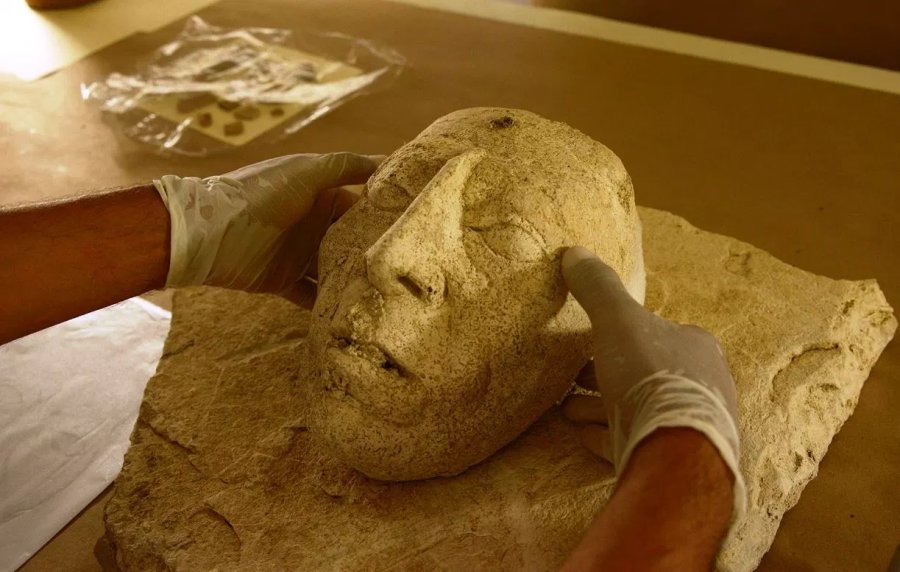
A mask modeled in stucco that is considered the ruler Pakal; a nose ornament, unique in its kind, and an underground passage, the recent findings carried out by the National Institute for Anthropology and History (INAH) in The Palace at Palenque. Image credit: Navva.org
Offerings like this “are normally related to the end of a period, an architectural renovation or the building of a new edifice,” said the chief archaeologist. “In this case, it looks like it was a renovation.”
Interestingly, researchers also unearthed a remarkable and unique object in form of an ornamental nose plug, which had not been discovered “either in the Mayan area or in Mesoamerica. González said the object did not belong to Pakal, however, it does belong to the epoch in which he lived, the Mayan late classic.
Born in 603, K’inich Janaab’ Pakal ascended the throne of the Mayan city-state of Palenque, at age 12 on July 29, 615, and ruled until his death in 683.
During his 68-year long reign from 615 to 683 CE, Pakal supervised the construction or extension of several of Palenque's most important surviving inscriptions and architectural monuments.
AncientPages.com


